
The Benefits of Using Whiteboard Painted Walls for Remote Learning
Whiteboard surfaces are fundamental tools of face-to-face classroom instruction, and in remote learning, through the use of a dry erase painted wall, you can recreate that experience to increase the feeling and atmosphere of in-person teacher-student interaction during your virtual lessons. Below are some of the many benefits of using premium dry erase painted walls in remote education settings.
Dry Erase Walls Improve Online Students’ Responses to New Information
Students who experience remote instruction respond much more powerfully and effectively to new information that’s visualized and relayed in real-time on a dry erase painted wall, as opposed to lesson content that’s presented in a preloaded, stagnant digital slide format. Seeing an online teacher write out math problems, story outlines, historical timelines, and word definitions on the large, attractive surface of a whiteboard wall give students a greater sense of engagement with the material than is possible when slides are shown containing the same material. As in the traditional classroom, when students see a teacher writing by hand on a dry erase wall, they are stimulated mentally by the action of writing and tend to retain new lesson material more effectively.
Whiteboard Painted Walls Enhance Students’ Cognitive Functions
Having access to a personal whiteboard wall or other dry erase painted surface like a desk or table gives students an opportunity to better internalize information by making personalized notes or markings and practicing concepts learned in class, all through the application of an easily erasable and reusable whiteboard painted surface. By using a dry erase wall in remote instruction, teachers can also improve students’ learning of lesson content by practicing “meta-cognitive modeling.” In this technique, teachers verbally walk students through the various stages of their thinking process as they write content on the wall, thus modeling how to think logically when deciphering information, analyzing statements, solving problems, or arriving at conclusions. The meta-cognitive modeling or thinking-out-loud technique is especially applicable in math classes, where teachers plan and then explicitly describe their core ways of thinking during the problem-solving process.
“Teacher Talk” is Boosted through the Use of a Dry Erase Painted Wall
The real-time creation of text and visual images that occurs when teachers use dry erase walls to do their lessons enhances students’ ability to remember information when studying math, science, English, history, social studies, and other subjects. Also, when instructors work on a dry erase wall and talk out loud as they go through a series of steps in a procedure like solving a math problem, performing the stages of a class chemistry experiment, or interpreting a short story plot, they’re practicing meta-cognitive modeling.
Actually, this technique should be the main focus of “teacher talk” during all types of school lessons in any subject area. Teacher talk encompasses all of the verbal input given to students while they’re in the classroom, and when teachers express their thinking vocally while writing lesson content on a whiteboard wall, students listen more closely than they would if the writing were done silently. Meta-cognitive modeling may also be done in language arts classes, for instance, when teachers ask rhetorical questions about the plot of a short story while reading it aloud in class or talk about how to look forward to future developments in the plot while simultaneously writing down the crucial aspects of their thought process on a dry erase wall.
In this way, students are better able to actively engage in the learning process by gathering and focusing all of their mental resources, and so get more beneficial educational outcomes. In carrying out this strategy, a dry erase wall can operate as the focal point for learning activities as teachers write down and discuss the series of actions related to solving or comprehending certain class material like the above-mentioned math problems, chemistry experiments, or story plots. When young learners “think about their own thinking” in this way, they’re engaging in so-called metacognition, through which they come to understand their personal learning processes. They also become aware of the steps and means used to acquire knowledge, solve problems, and do other intellectual tasks, which can help them all through their academic career and in later life.
Metacognitive exercises are being used more and more by educators to enhance student learning, both to achieve immediate academic goals and to help students understand their own unique ways of thinking and learning. In addition, research in educational psychology has shown that metacognition is a teachable skill that is essential in order for students to master other intellectual abilities such as decision making, problem-solving, and critical thinking.
Dry Erase Walls Help to Maintain a Sense of Normalcy for Students and Teachers
As COVID-19 continues to affect people around the world, thousands of private and public schools and individual teachers are making use of dry erase walls as strategic tools in helping to provide the best possible remote learning experience for students and to help young learners stay engaged during remote education sessions. During the practice of virtual teaching, one of the most essential duties of teachers is to work toward upholding as much of a sense of normalcy and routine as possible to reduce the mental and emotional impact students feel from operating outside the regular classroom. To help in this effort, teaching with a dry erase painted wall in the virtual classroom instills a sense of regularity and confidence in students and helps the online learning format feel a bit more familiar and comfortable for students and teachers alike.
Let’s admit it, when you’re not present in your regular school classroom, you probably miss using your whiteboard; since it’s convenient, students in the room can see it, and you can use it to write or draw then quickly erase it to start writing and drawing again. When you’re engaged in teaching remotely, your classroom whiteboard may be absent, but the idea of using a whiteboard surface to teach doesn’t have to be abandoned. In fact, an even better option for a remote teaching surface is a top-quality whiteboard painted wall, which can help you greatly in your efforts to make remote learning as much like the traditional classroom experience as possible.
Using a Dry Erase Wall for Your Remote Lessons
With a dry erase wall installed in the room where you teach, you can begin a lesson with a video call using your preferred video call platform, such as Skype, Zoom, Google Meet, or Microsoft Teams. With your wall-sized dry-erase surface in front of you, aim the camera at it and then use it to conduct your remote lessons as you would in your regular classroom. Just be sure that your camera is close enough to the whiteboard wall to make your lesson contents visible to your students and that you write large enough with a thick-tipped dry erase marker for students to be able to read what you write. Then share your screen with your students so that they can see your dry erase wall and go about doing lessons by writing and drawing on the wall as you would on the whiteboard in your regular classroom. Another option is to use a screen recording tool such as Screencastify, Snagit, Loom, or the Windows Game Bar app to make videos of the lessons you conduct with your wall that can then be shared with your students at a later date.
Adjusting to remote teaching and learning can be a challenge, and hopefully, the tips and information provided here can help you and other teachers to meet that challenge. The great flexibility and resourcefulness that teachers, students, parents, and schools affected by COVID-19 have shown is truly inspiring, and we’re committed to helping educators and students around the globe stay productive and positive during this challenging time.
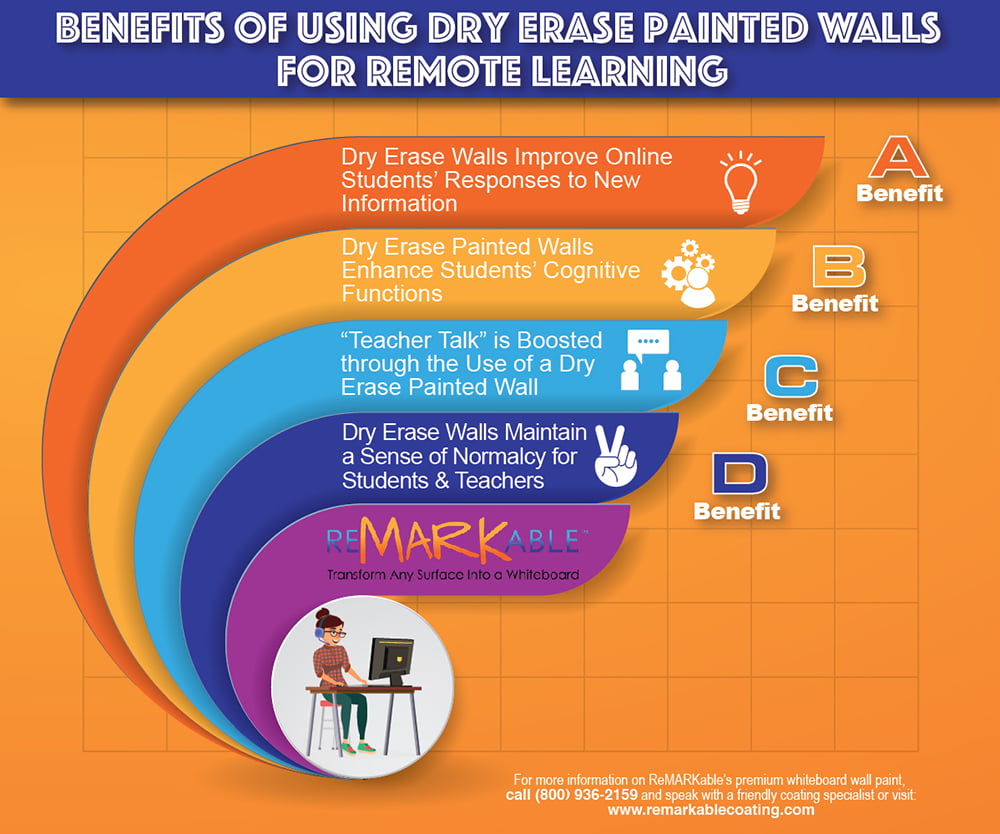

























































































![ReMARKable’s Winter Sale is Here! [25% Off + Free Shipping]](https://www.remarkablecoating.com/wp-content/uploads/2018/01/Red-Tag-Winter-Fashion-Facebook-Post-1-440x264.png)















![Drive Your Organization Into Openness and Watch it Expand [20% Off Whiteboard Paint]](https://www.remarkablecoating.com/wp-content/uploads/2016/04/Drive-Your-Organization-Into-Openness-and-Watch-It-Expand.-1-440x264.jpg)

![30% Off St Patrick’s Day Sale! [Details Inside]](https://www.remarkablecoating.com/wp-content/uploads/2016/03/Glorious-1-440x264.png)


![Giant Leaps Forward Require Big Spaces. [Leap Year Sale Event!]](https://www.remarkablecoating.com/wp-content/uploads/2016/02/Giant-Leaps-ForwardRequire-Big-Spaces-440x264.jpg)

















![ReMARKable Summer Sale 2018 [28% Off Whiteboard Paint]](https://www.remarkablecoating.com/wp-content/uploads/2018/06/Blue-Simple-Line-Beach-Facebook-Post-1-440x264.png)







































































































































































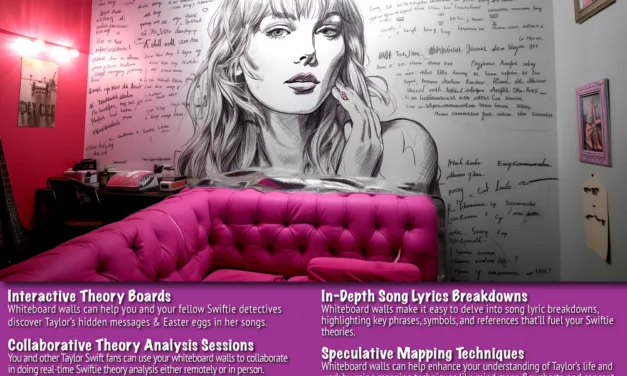


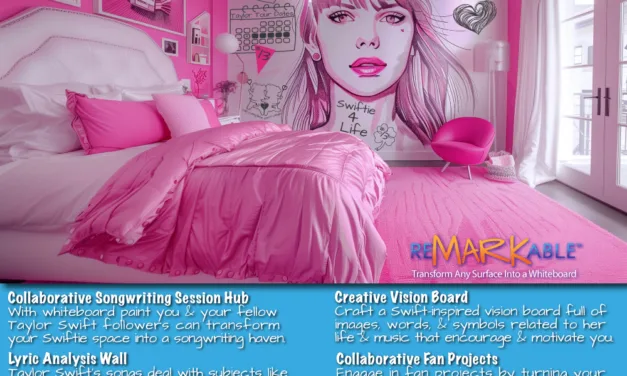
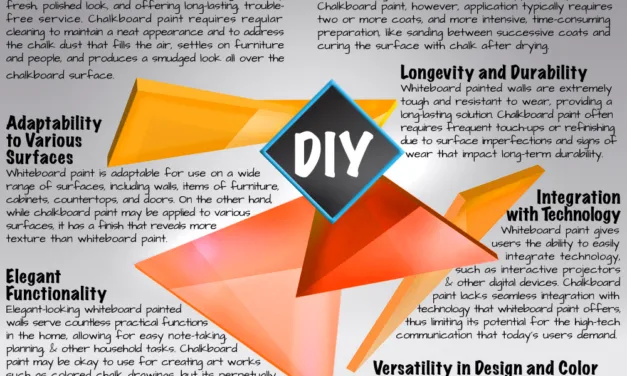
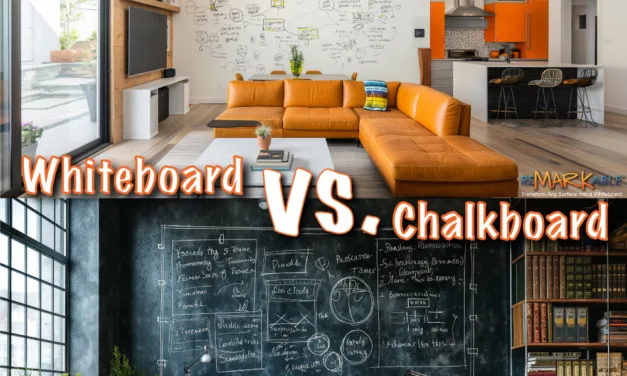







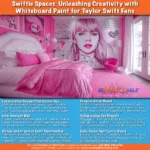

0 Comments